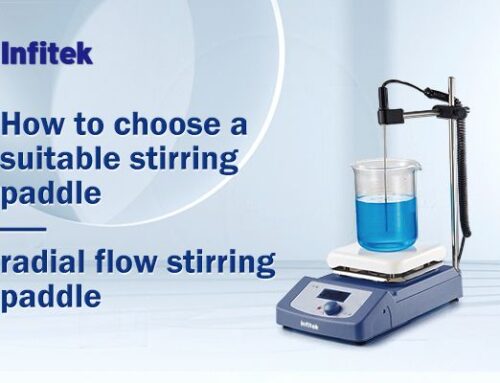Over time, a large number of surgical instrument kits, fabric dressing kits, cavity-type instruments, such as bone marrow puncture needles, have appeared. It has been found that simply venting the cold air from the sterilizer is no longer enough, because clinically cavity instruments have residual cold air and wet packs. So some people began to explore the installation of a vacuum pump on the sterilizer to improve the efficiency of removing cold air inside the sterilizer and solve the problem of wet packaging. Finally, in the early 1970s, the steam sterilizer version 2.0 came out, replacing the gravity displacement steam sterilizer and named the pre-vacuum steam sterilizer. Its characteristic is that there is low pressure (negative pressure) exhaust before the sterilizer enters the sterilization process.
Before choosing a pressure steam sterilizer, there are a few things you need to know about sterilization effectiveness:
1. Sterilization temperature and time
According to the different capacities, autoclaves can be divided into three types: portable, vertical and horizontal, among which vertical autoclaves are more common. Because large equipment usually costs more and has more functions, many people think that large equipment is better than small sterilization equipment, but this is actually a wrong perception.
As long as the volume of the sterilizer can hold the sterilized items, the packaging and loading of the sterilized items meet the regulations, and the “temperature-time” procedure of 12120min~30min or 1321344min is performed, the specified sterilization effect can be achieved.
2. Steam drying degree
The sterilizer should use saturated steam with a dryness not lower than 0.9, that is, the steam moisture content should not exceed 10%, and the dryness should not be lower than 0.95 under metal load conditions to maintain a linear relationship between temperature and pressure.
3. Packaging and placement of sterile items
When sterilizing items, the sterilization bag should not be too large or too tight, and enough space should be reserved to facilitate the circulation of steam and the drying of sterilized items. When sterilizing containers such as beakers and test tubes, it is necessary to place the opening downward or horizontally, otherwise the sterilization will be insufficient. Also, take care not to block the holes and temperature sensors in the sterilizer.
4. Water quality will affect the effect and life of the sterilizer.
The choice of water for the sterilizer is also important. If the water quality does not meet the requirements, problems such as scale and corrosion may occur, which will affect the effect and service life of the sterilizer. It is recommended to use soft water or pure water, the hardness is between 0.7~2.0mmol/l, the used water should be filtered, and the sterilizer body should be kept clean.
5. Sterility retention time is related to packaging.
How long an item remains sterile after sterilization depends on its packaging material. If it is a bare item, it must be used immediately; if it is a fabric package, it can be stored for 7 to 14 days; a rigid container can be kept dry for half a year. However, if a wet bag appears after sterilization, it is considered an invalid bag.




Get Social